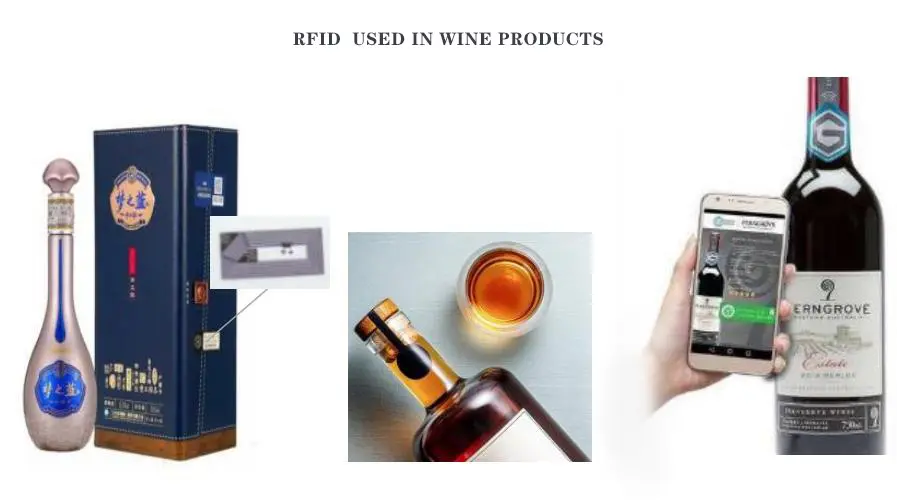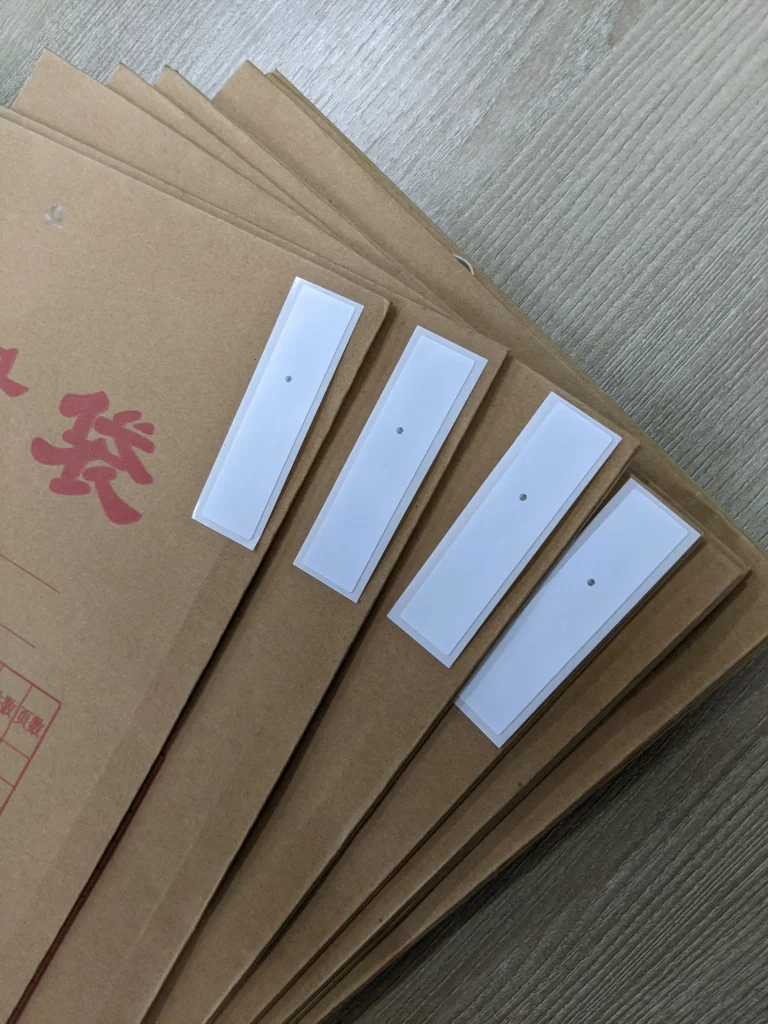The operating frequency of high-frequency radio frequency tags is generally 3MHz ~ 30MHz. The typical working frequency is: 13.56MHz, and its working energy is the same as that of the low-frequency tag, and it is also obtained from the radiated near field of the coupling coil of the reader through inductive (magnetic) coupling.
Because high-frequency tags can be easily made into a card shape, typical applications include electronic tickets, electronic ID cards, electronic locking and anti-theft (electronic remote control door lock controllers), etc. Relevant international standards are ISO14443, ISO15693, ISO18000-3 (13.56MHz), and so on.
High-frequency RFID applications can be divided into card applications and tag applications.
一. RFID card applications
Compared with low-frequency RFID, high-frequency RFID has added a group reading function, which has a faster transmission rate and lower cost. Therefore, in the smart card market, high-frequency RFID has ushered in a golden period of development, including bank cards, bus cards, campus cards, consumer membership cards, etc. These card products have once been all over people’s daily lives.

- Bank card
Bank cards are one of the main application markets for HF RFID, and the total number of bank cards issued in China has remained stable. China’s bank cards have an annual increase of 500 million to 1 billion. Although the growth is not stable, the overall number is a very impressive figure. At present, high-frequency RFID has a high penetration rate in the bank card market. In recent years, new bank cards have adopted high-frequency RFID technology.
- City Card
The City Card mainly involves the realization of payment, identity authentication, and social security functions for urban residents in various fields, and can complete rapid settlement and payment in many fields such as public transportation, medical and social insurance, public utility payments, and small consumption.
- Access card
The access control card market is relatively fragmented, and it is not easy to count the specific numbers in the market. Although the access control card market is currently facing a relatively large impact from new technologies such as QR codes, password locks, biometrics, and visual recognition, access control cards still have their advantages. In the market, especially for the elderly, access control cards are an indispensable way.
- Campus Card
A campus is a place where many students intensively study and live. The dining, shopping, water, electricity, Internet access, book borrowing, medical treatment, building access, and other activities that occur during the student’s school period involve payment, identity authentication, and water and electricity consumption management. . The all-in-one card system can achieve unified management of the above activities through a set of systems and one card per person, which greatly saves resources, improves the management efficiency of the school, reduces management costs, and also provides great opportunities for teachers and students in the school. It has the earliest application, the fastest development, and the most complete functions in the campus field.
二.RFID tag application
Tag applications are another large application of high-frequency RFID. Compared with card products, tag products have the advantages of lightness, flexibility, and low cost, and can be used as consumables.
One of the biggest application advantages of high-frequency PFID products is that the current mainstream smartphones have NFC compatible with most of the current high-frequency RFID protocols. Therefore, the mobile phone can be used as a high-frequency RFD reader, which also allows high-frequency RFID to be used. Go directly to consumer-level applications.

- Library Management
High-frequency RFID was the main solution for the library market in the early years. With the maturity of UHF RFID technology in recent years, especially the reduction in price and cost, UHF RFID has developed rapidly in the library market. Because the library’s RFID is consumable, it is relatively priced sensitive.
- Anti-counterfeiting traceability
Anti-counterfeiting traceability is a relatively concentrated application of high-frequency RFID. Typical scenarios include anti-counterfeiting traceability of high-end liquor, tobacco, food, medicine, and other products.





